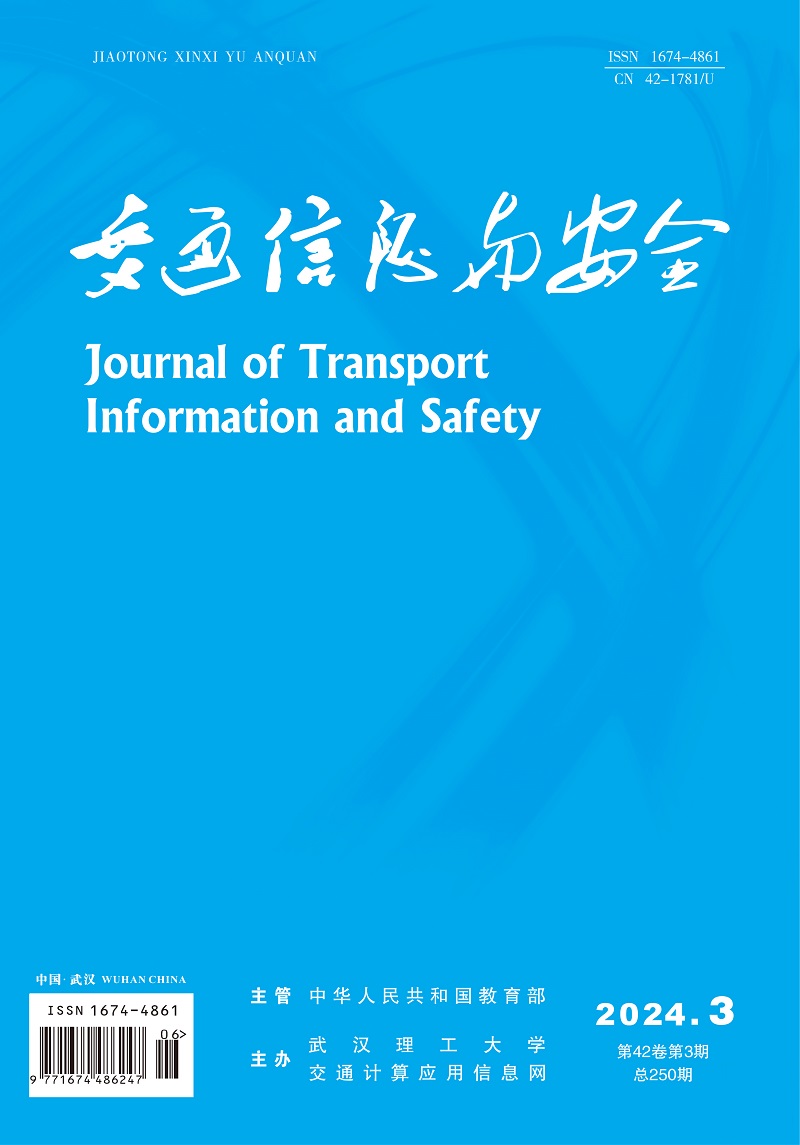Abstract:
In order to improve traffic safety on urban expressways under the ice and snow,the effects of traffic vol-umes,vehicle types and lane positions on vehicle speed are investigated,where traffic flow data is collected from video re-cording and manual investigation in expressways in Harbin.Based on the characteristics of the critical condition of vehicle rear-end collision and vehicle-following,a speed limit model is developed,including variables of the road friction coeffi-cients and traffic volume,etc.The parameters of this model are calibrated using the surface friction coefficients under dif-ferent conditions of ice and snow,and the focus is to study the effects of ice and snow on the speed limit of urban express-ways.Finally,a method for optimizing speed limits by traffic volume levels is proposed.The study results showed that the speed limits determined by the proposed model could meet the requirements of vehicle safety on urban expressways under the condition of ice and snow.The speed limit is getting lower in a descending order of snow,ice,and ice film,but it can be increased by 10~20 km/h after the snow is cleaned.The speed limits for individual lanes and different types of vehicles should be set up differently on urban expressways under the ice and snow conditions,and the differences of speed limits between adjacent lanes should be within 5~10 km/h as well as between small and large vehicles.The speed limits should be set up according to different levels of traffic volumes under ice and snow conditions,including less than 800 pcu/h,800~1 500 pcu/h,and more than 1 500 pcu/h,which will increase the efficiency of transportation systems.


